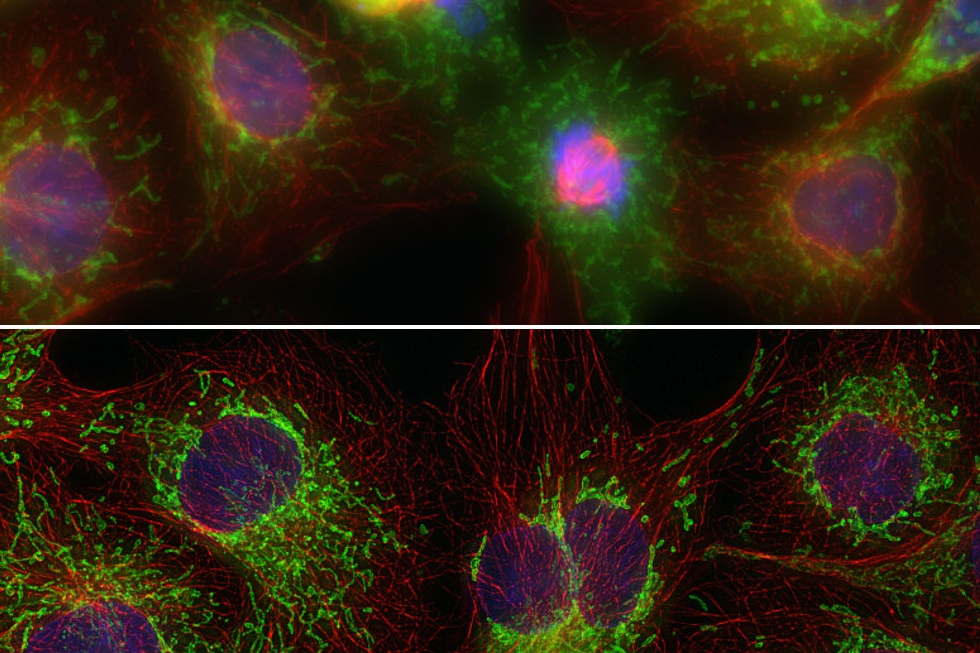Access to Webinar
Access the webinar@BiteSizeBio: THUNDER Imagers Imaging Workflows

THUNDER Imagers are a brand-new class of widefield microscopes developed by Leica Microsystems. They can acquire imaging data, even of thick 3-dimensional specimens, with high quality and speed.
However, there is more to life science experiments than beautiful images. Robust quantification and repeatability of imaging experiments are crucial. THUNDER Imagers provide the full workflow, from image acquisition to data analysis, with an amazing ease of use.
This webinar will showcase the versatility and performance of THUNDER Imagers in many different life science applications: from counting nuclei in retina sections and RNA molecules in cancer tissue sections to monitoring calcium waves in Arabidopsis seedlings and much more.
Access the webinar@BiteSizeBio: THUNDER Imagers Imaging Workflows